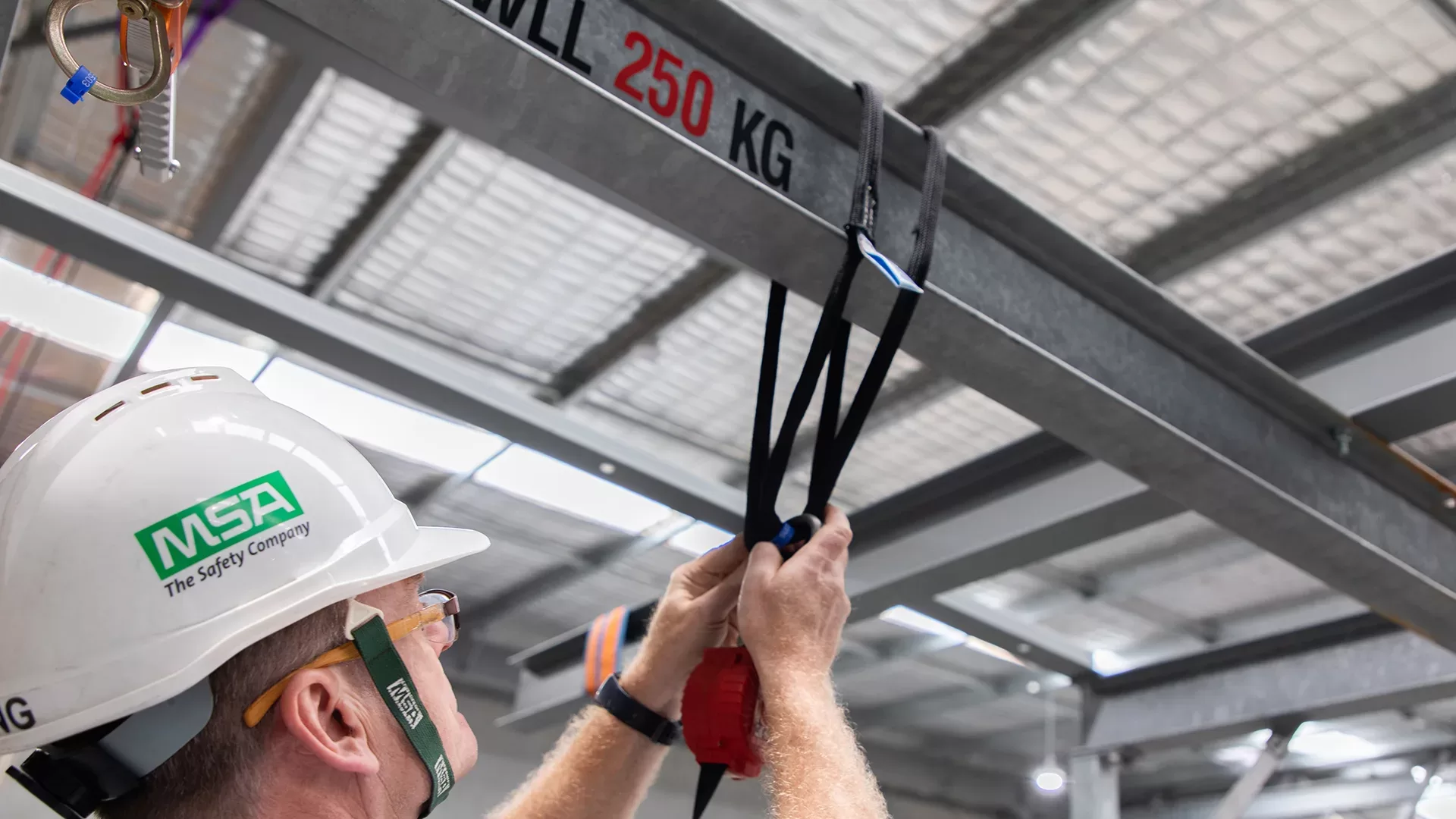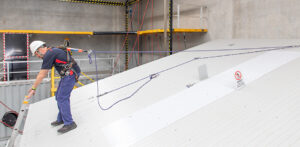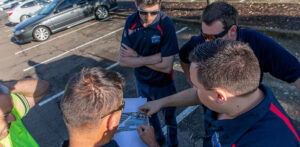Temporary anchorages can be found just about everywhere. But you must know what to look for when choosing something as an anchorage.
Using an anchor strap to create a temporary anchor point can very easily get workers out of a jam should they find themselves without a permanent safety system on site. But care must be taken when selecting a piece of structure to use as an anchorage, as using something that is not suitable can place workers at significant risk.
What is required of an anchorage?
Any anchor point – whether permanently installed or temporary – should be checked to ensure it complies with AS/NZS 5532 Manufacturing requirements for single-point anchor device used for harness-based work at height.
As it states from the outset, the standard “specifies manufacturing performance requirements, test methods, and marking, labelling and packaging requirements, as appropriate, for both fixed and portable single-point anchor devices exclusively for the protection of personnel against falls from a height”.
In terms of performance requirements, the standard states that a single-point anchor should be rated to withstand a force of at least 15kN (kilo-newtons) for freefall fall arrest.
15kN is approximately the same as supporting a 1500-kilogram weight.
How to determine if an anchorage is strong enough?
Unfortunately, the only way to determine for certain that a temporary anchorage point will be suitable is to load test it. In many cases, this will not be possible at all or, even if it were, it could damage the structure in the process.
Without doing that, the only other option open is to estimate, draw on previous experience and a bit of common sense. None of which are particularly scientific or will provide you with a firm “yes or no” answer.
One thought exercise you can go through when assessing a structure to use as an anchorage point is to consider what would happen were you to hang a typical four-door family sedan from it. An average family car like this – think the Holden Commodore, Ford Falcon, Toyota Corolla or Mazda6 – will weigh somewhere around that 1.5 tonne-mark.
So, if you think the structure could support the weight of one of those cars, then there is a strong possibility it will be strong enough to support the weight of a worker’s fall from height.
What to look for in a temporary anchorage point
The most important thing to look for in a temporary anchorage point is that it will be strong enough to support the load of a worker in the event of a fall, as detailed above.
Next to that, it also needs to be something that can be safely accessed so the anchor strap can be slung onto it. The point should also be in a spot that allows the worker to complete their work without needing to deflect a rope line around obstacles in the way.
As ever, if there is a way to perform the work required without the need to access a high-risk area, that should always be taken up. This is outlined in the hierarchy of risk controls.
Discuss your safety needs with an expert
Height Safety Engineers can provide advice and equipment for a range of temporary access and working at height needs. Call our team on 1300 884 978 or email enquiries@heightsafety.net to get in touch with us.





